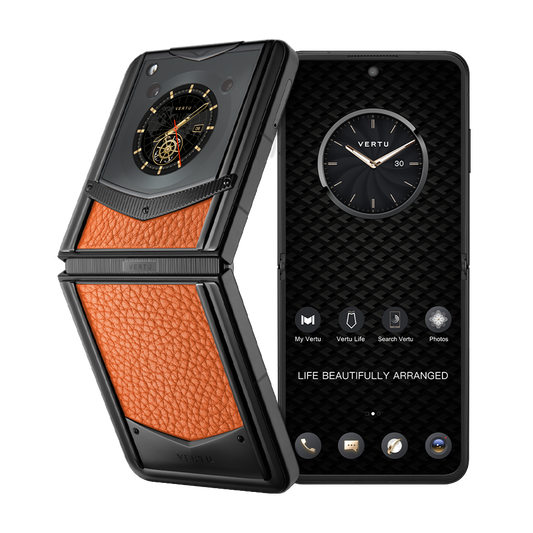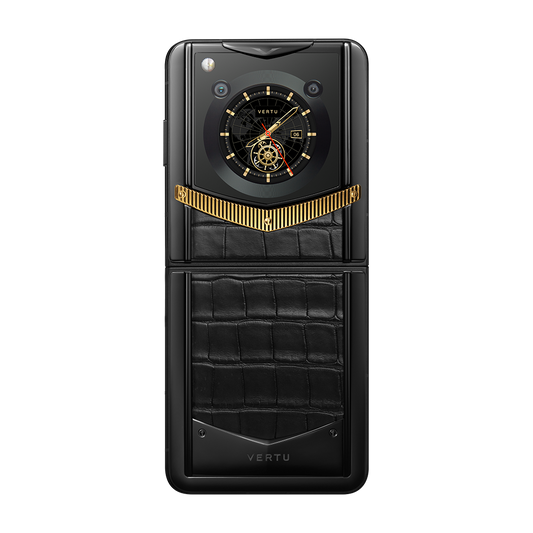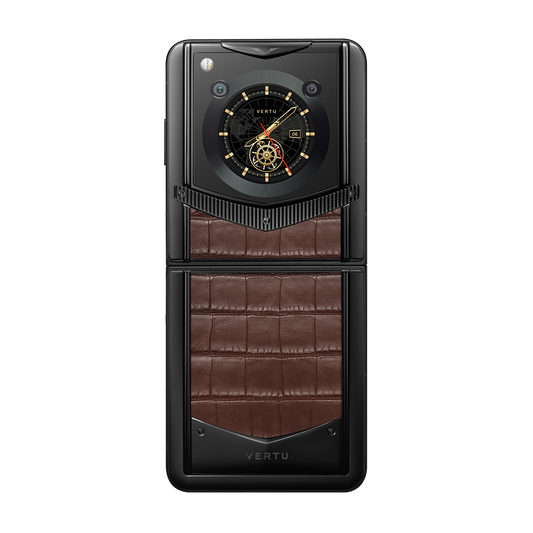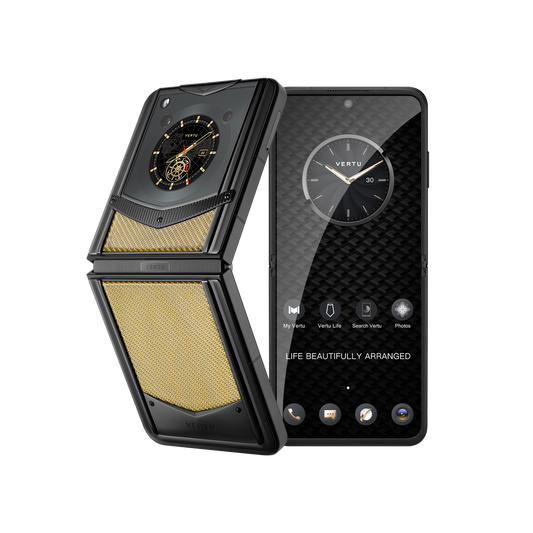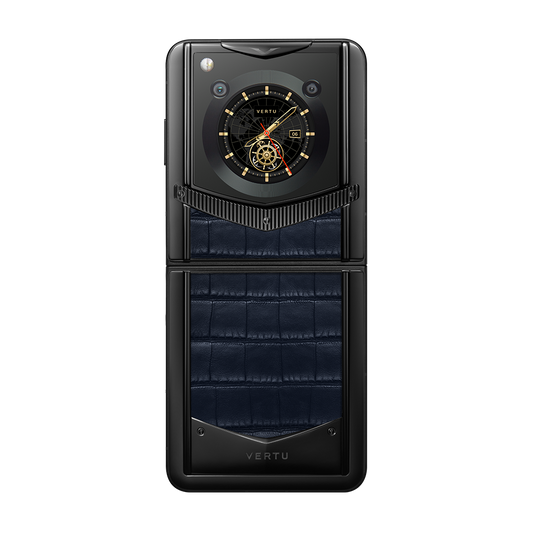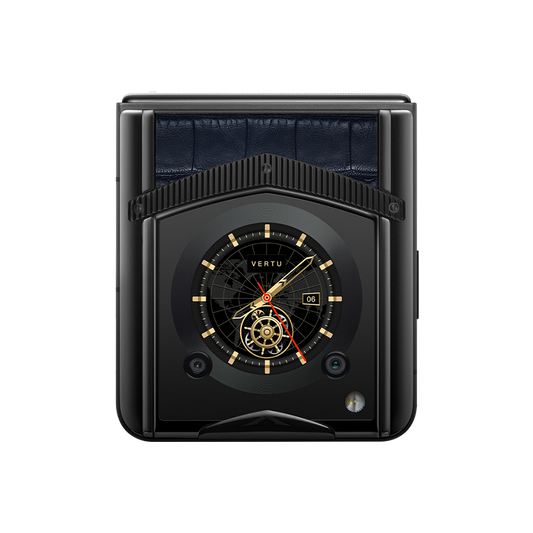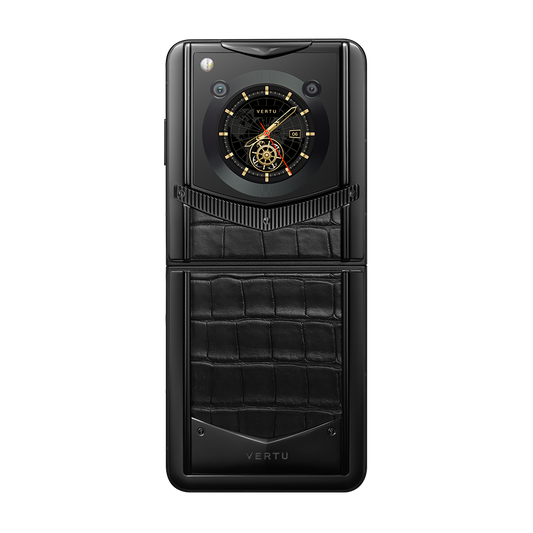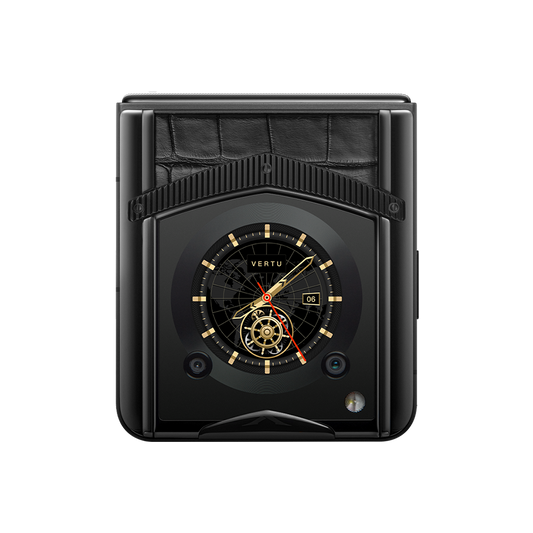Today's Fabric Analysis: Alpaca
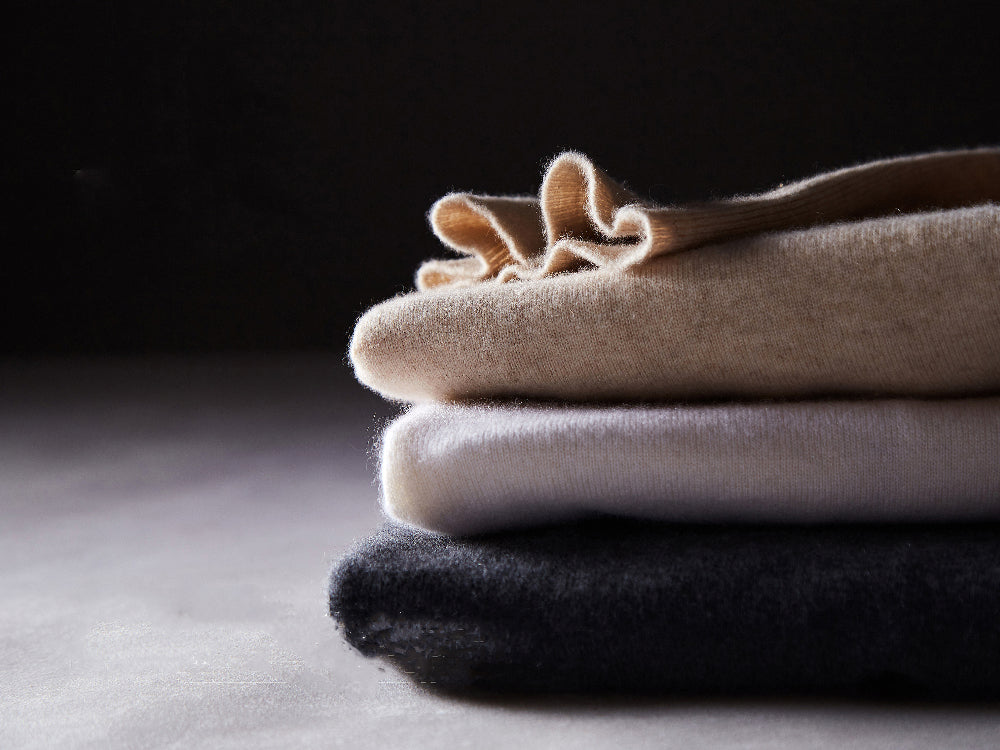
As humans, our genetic cravings for fat, carbohydrates, and sugar persist despite centuries of subsistence. Social structures, laws of inferiority and superiority, artifacts, clothing, and colours still influence every aspect of consumer society, constituting a pricing strategy based on traditional psychology and inherent impressions.
Among these factors, fabric are the most representative. Today, I will discuss Alpaca.
In the 1990s, a type of Alpaca coat became popular in many major cities, particularly in women's fashion. These coats were typically made with a blend of 20% Alpaca wool, which added a unique sheen and texture.
Alpaca blends are not commonly found on the market due to the difficulty in spinning the fibers. The fibers are about the same thickness as wool but smoother, similar to cashmere, and lack scales on the surface, making it challenging to spin independently. This has been a problem since the 1800s, but it has finally been solved by blending.
Therefore, this spring, I noticed that Piacenza, a well-established Italian manufacturer with Baby Alpaca as one of its major brands, launched 'AREQUIPA BLUE', a 100% Alpaca pure blouse material available only in blue colour. I was intrigued by this development.
Piacenza collaborated with an exclusive ranch to cultivate a population of Alpaca with a smaller body size and finer fibers. With improved textile finishing before and after, they were able to present this unique product.
The brochure promotes the fabric's soft touch, environmentally friendly sourcing, and exclusive fibers, making it ideal for tops and providing natural temperature regulation.
The Four Seasons Blazer, with its slightly more casual style, is a perfect match for this fabric. As one becomes more skilled at combining materials and patterns, they will develop their own experience and routine for selecting the best fabric to complement a particular cut.
The material is a unique shade of blue, not quite as dark as navy nor as bright as royal blue. A plain weave is typically chosen for this type of material to enhance its lustre and fine texture. However, the eye-catching texture combination in this fabric adds a special three-dimensional sense and creates a varied visual effect.
Although the soft fabric is not wrinkle-resistant, it has good recovery and is always wearable.








